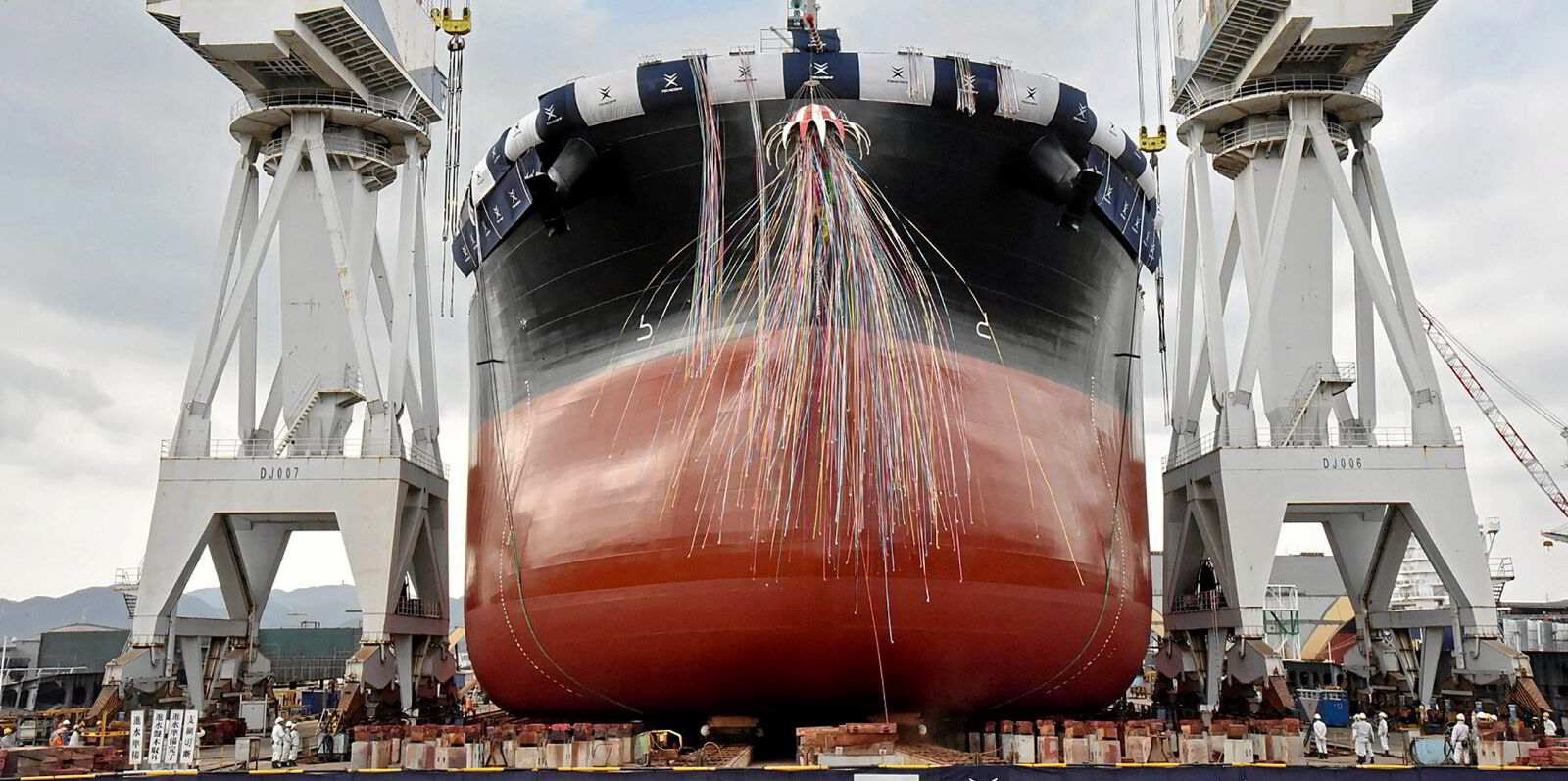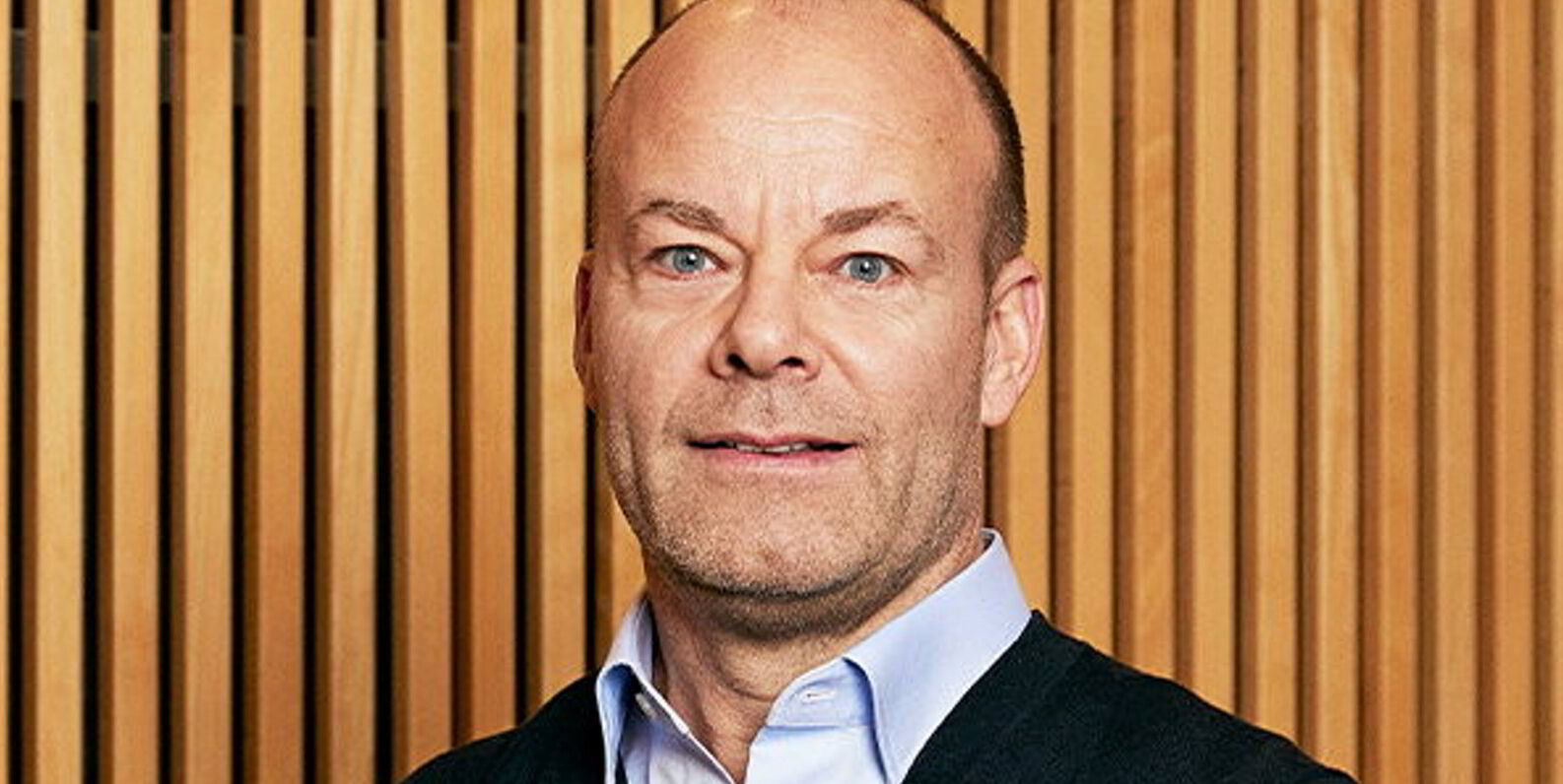A Japanese trading house has split an order for three kamsarmax bulkers between methanol and conventional fuel.
Orix Corp ordered two dual-fuel methanol kamsarmaxes from Tsuneishi Shipbuilding’s yard in Zhoushan, China and one conventionally fuelled vessel from Oshima’s Koyagi Shipyard in Japan.
The conventionally fuelled order is for Japanese shipowner Santoku Senpaku, which was bought out by Orix in February.
The two methanol kamsarmaxes will be built to Tsuneishi’s own design and will emit around 15% less CO2 and up to 95% less sulphur oxide compared with conventional ships, it said.
No other details about the deal were disclosed.
A similar pair of methanol kamsarmaxes ordered at Tsuneishi Zhoushan by Greek shipowner Diana Shipping late last year was priced at $46m per vessel.
Orix and Santoku Senpaku plan to expand their asset management services for ships owned by third parties, a release said on Monday.
They aim to build expertise in operating “environmentally friendly ships”, including methanol-fuelled vessels.
Tsuneishi Zhoushan is building two methanol dual-fuel kamsarmaxes for Diana Shipping and two for Safe Bulkers, plus four methanol container ships for AP Moller-Maersk.
All will be delivered over the next three to four years.
Data compiled by class society DNV shows that there will be 318 vessels able to be dual-fuelled with methanol by 2029.
This makes it the third-biggest alternative fuel for vessels behind LNG, which dominates the orderbook, and LPG.
That said, methanol is leading the way as the alternative fuel of choice for orders placed over the past 12 months.
Around 8% of all orders in the past year have been for dual-fuel methanol vessels, according to DNV figures.
This is significant, given that only 18% of the overall orders in that period have been for vessels with alternative fuelling capabilities.





